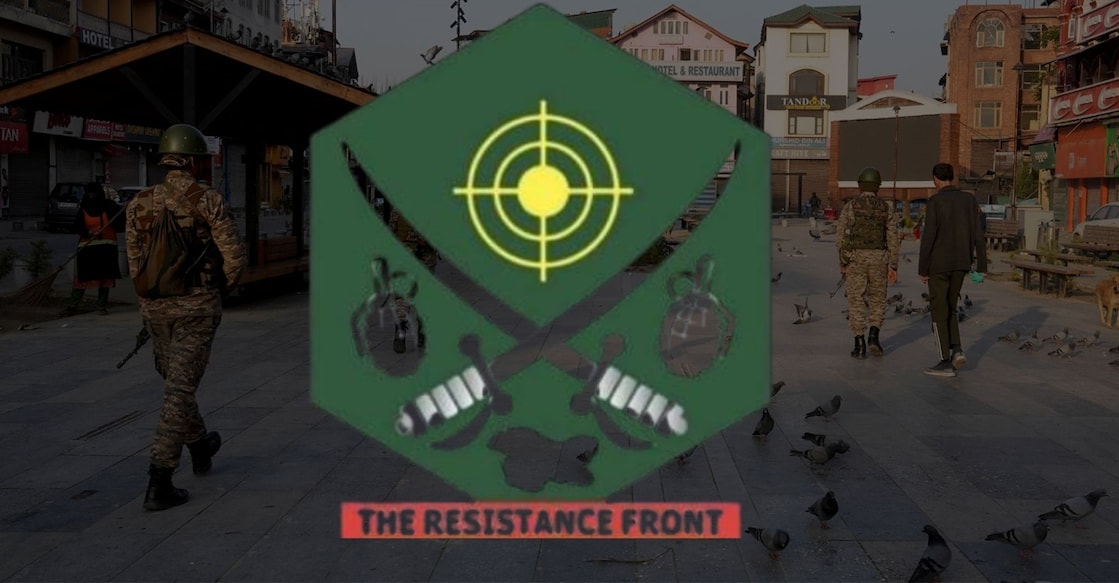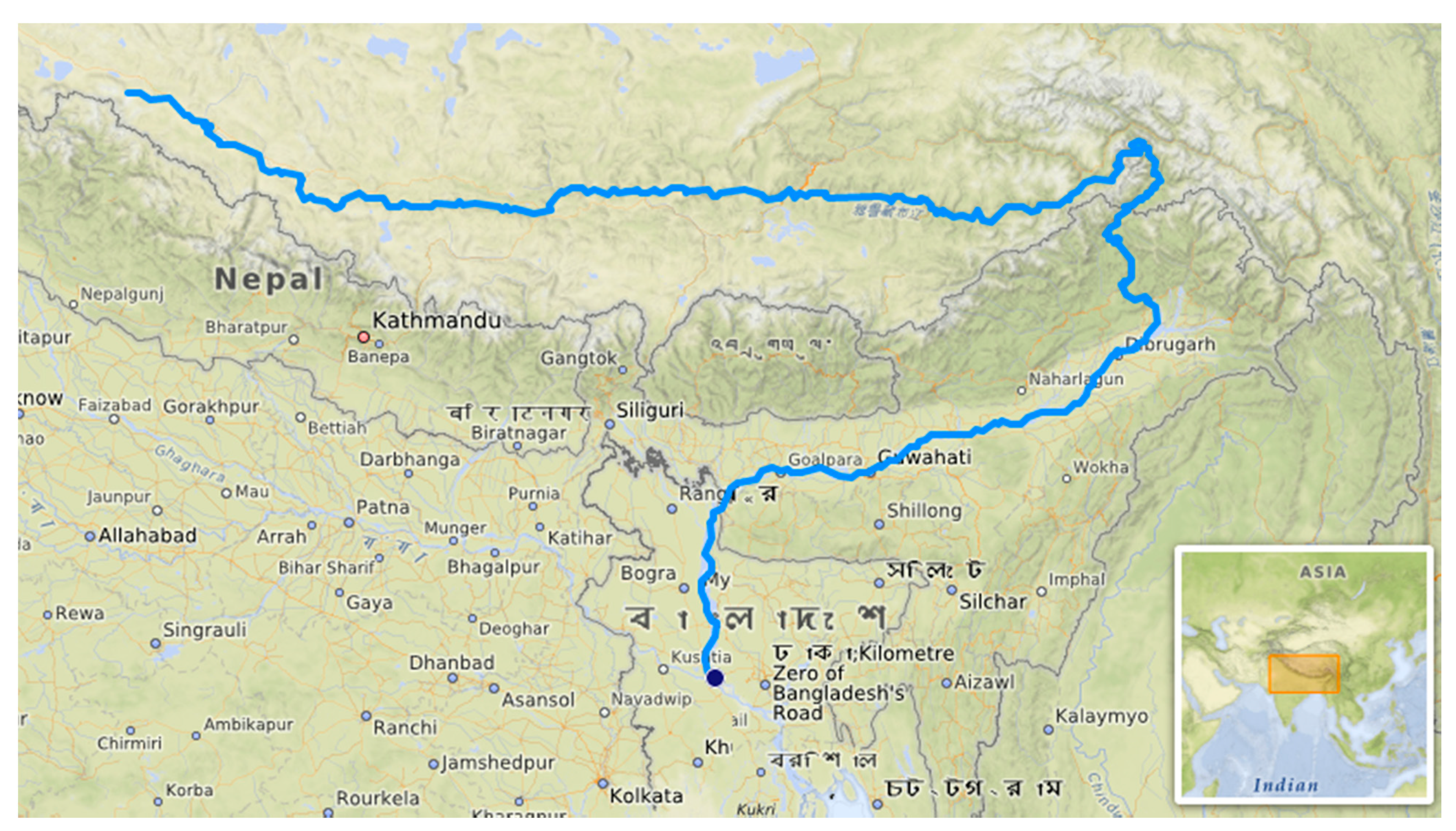SOURCE: RAUNAK KUNDE / NEWS BEAT / IDRW.ORG


The Aeronautical Development Agency (ADA) has initiated a significant upgrade to the cockpit of the Light Combat Aircraft (LCA) Mk1, focusing on modifications to accommodate the advanced Right Hand (RH) Console designed for the LCA AF Mk2. This project, detailed in a recent Statement of Work (SOW), aims to enhance the cockpit’s functionality and ergonomics, aligning it with the operational requirements of the next-generation LCA AF Mk2.
The LCA AF Mk2 cockpit is engineered for optimal pilot interaction, providing ample space for the ejection seat while housing controls and displays for primary and secondary systems. The RH Console, a critical component, is designed to integrate the side stick controller and various switches and panels primarily used during ground operations. To evaluate this console’s performance, ADA plans to fabricate and install it in the existing LCA Mk1 cockpit at the Real-Time Simulator (RTS) Facility at the Aeronautical Development Establishment (ADE).
Continue readingSOURCE: RAUNAK KUNDE / NEWS BEAT / IDRW.ORG


In a landmark development for India’s defense sector, French aerospace giant Dassault Aviation has announced plans to establish a production facility for Rafale fighter jet fuselages in India, alongside Maintenance, Repair, and Overhaul (MRO) facilities for the aircraft’s engines, sensors, and weapons. This initiative, formalized as part of a €7 billion deal signed on April 28, 2025, for 26 Rafale-Marine fighters for the Indian Navy, marks a significant step toward India’s vision of self-reliance under the “Make in India” initiative.
The move not only strengthens India-France defense ties but also positions India as a potential hub for Rafale production and maintenance, with implications for regional security and global defense markets. Here’s a detailed look at what this means for India and the broader geopolitical landscape.
Continue readingSOURCE: RAUNAK KUNDE / NEWS BEAT / IDRW.ORG


In a significant advancement for India’s aerospace and defence capabilities, the Defence Research and Development Organisation (DRDO) has successfully developed and manufactured high-pressure turbine blades (HPTBs) for a small indigenous turbo-fan engine, marking a crucial step towards self-reliance in critical aero engine components.
Published in the Defence Science Journal (Vol. 73, No. 2, March 2023), the study titled “Realization of High Pressure Turbine Blades of a Small Turbo-Fan Engine through Investment Casting Process” details the intricate process behind the creation of aeronautical-grade HPTBs by scientists from DRDO’s Defence Metallurgical Research Laboratory (DMRL), Hyderabad, and Gas Turbine Research Establishment (GTRE), Bengaluru.
Continue readingSOURCE: AFI


India’s signing of a €7 billion deal for 26 Rafale-Marine (Rafale-M) fighter jets on April 28, 2025, to equip the Indian Navy’s INS Vikrant aircraft carrier has reignited a long-standing debate about the aircraft’s compatibility with India’s existing carriers. The Rafale-M, with a wingspan of 11 meters and non-folding wings, faces significant challenges fitting into the elevators of INS Vikrant (10 meters wide) and INS Vikramaditya (9.9 meters wide).
This mismatch has sparked discussions on social media platforms like X and among defense analysts, with many arguing that the Rafale-M’s deployment is better suited for the planned Indigenous Aircraft Carrier-2 (IAC-2), which is expected to feature wider elevators. This article explores the technical constraints, operational implications, and strategic considerations surrounding this debate, while addressing potential solutions and the role of IAC-2.
Continue readingSOURCE: AFI


As India-Pakistan tensions reach a boiling point following the April 2025 Pahalgam terror attack, India appears to have concluded that the fragile calm along the Line of Control (LoC) in Jammu and Kashmir is unsustainable. Pakistan’s suspension of the Shimla Agreement, threats to withdraw from the Tashkent Agreement, and aggressive rhetoric over India’s suspension of the Indus Waters Treaty (IWT) signal a potential slide toward conflict.
However, India’s military planners are increasingly focusing on the International Border (IB) opposite Pakistan’s Punjab province, rather than the LoC, as the key theater to disrupt Pakistan’s strategic calculus. By unleashing artillery barrages and mobilizing forces along the Punjab border, India could exploit the vulnerabilities of Pakistan’s Punjab-dominated military elite, sowing panic and undermining the Pakistan Army’s cohesion.
Continue readingSOURCE: AFI


In a calculated shift, Kashmiri terror outfits are shedding their overtly Islamist militant identities and adopting the guise of political “resistance” movements, drawing inspiration from Hamas and the Palestinian narrative. This rebranding, evident in their tactics, language, and propaganda, aims to recast their decades-long insurgency as a popular struggle against “occupation,” distancing themselves from the stigma of terrorism and seeking broader international legitimacy.
Below, we explore six key ways these groups are mimicking the Palestinian model, with profound implications for India’s security and the global perception of the Kashmir conflict.
Continue readingSOURCE: AFI


In a dramatic escalation of regional tensions, India’s withdrawal from the Indus Waters Treaty (IWT) in 2025 has triggered a wave of provocative rhetoric in China, particularly on social media platforms. Some Chinese netizens have called for damming the Brahmaputra River—known in China as the Yarlung Zangbo—to choke off water supplies to downstream India. This inflammatory narrative, though not officially endorsed by Beijing, underscores the fragility of transboundary water governance in South Asia and the potential for water to become a geopolitical weapon.
The IWT, brokered by the World Bank in 1960, has long governed the sharing of the Indus River system’s waters between India and Pakistan. India’s decision to withdraw from the treaty, citing national security concerns and dissatisfaction with Pakistan’s compliance, has sent shockwaves through the region. The move has not only strained India-Pakistan relations but also prompted neighboring China to reassess its own strategic position as an upstream power controlling critical water resources.
Continue readingSOURCE: PTI


Pakistan on Wednesday claimed it has “credible intelligence” that India is planning military action against it in the next 24-36 hours and warned New Delhi that there would be consequences. The statement came hours after Prime Minister Narendra Modi on Tuesday told the top defence brass that the armed forces have “complete operational freedom” to decide on the mode, targets and timing of India’s response to the Pahalgam terror attack, government sources said.
Tensions have risen between the two countries after the Pahalgam terror attack last week that killed 26 people. Modi had said that India will “identify, track, and punish” the terrorist and their “backers” attack and pursue the killers to the “ends of the earth”, as India stepped up the diplomatic offensive against Pakistan.
Continue readingSOURCE: BLOOMBERG


Pakistan’s army said it shot down an Indian spy drone in the Kashmir region, as tensions rise over last week’s militant attacks that killed 26 people. The unmanned drone breached the Line of Control in Kashmir, Pakistan’s state-run television channel said on Tuesday, citing unidentified security personnel. Both sides have shot down small drones in the past as they are often used for surveillance around the border, but the report comes at a time when relations are deteriorating rapidly between the two sides.
Just hours earlier, a top Pakistan defence official warned of the possibility of war with India but said it can be averted. In comments to Pakistani media outlet Geo News, Defense Minister Khawaja Muhammad Asif described the next few days as crucial.
Continue readingSOURCE: PTI


Pakistan’s incarcerated former prime minister Imran Khan on Tuesday termed the Pahalgam terror attack “deeply disturbing and tragic” while saying that India needs to act responsibly. New Delhi has accused Islamabad of backing the attack, a charge refuted by Pakistan. “Loss of human life in Pahalgam incident is deeply disturbing and tragic. I extend my deepest condolences to the victims and their families,” Khan said on his X account.
“As I predicted in 2019, the same is happening again after Pahalgam incident. Instead of introspection and investigation, Modi Sarkar is again placing the blame on Pakistan,” he said.
Continue readingSOURCE: IANS


US Secretary of State Marco Rubio called on India and Pakistan to “not escalate” the situation and plans to convey the same message in phone calls to his counterparts in the two countries, Indian External Affairs Minister S. Jaishankar and Pakistani foreign minister Mohammad Ishaq Dar respectively.
The US also urges other world leaders to deliver the same message to the two sides. “We are reaching out to both parties and telling, of course, them not to escalate the situation, ” Tammy Bruce, the State Department spokesperson said, reading out a statement from Secretary Rubio on Tuesday. “The Secretary expects to speak with the foreign ministers of Pakistan and India as early as today or tomorrow.”
Continue readingSOURCE: PTI
)

Axiom Space will launch its fourth mission to the International Space Station, carrying Indian astronaut Group Captain Shubhanshu Shukla and three others, from the Kennedy Space Centre in Florida on May 29.
The announcement was made by the Axiom Space at a virtual press conference on Tuesday. Shukla’s travel to space comes four decades after Rakesh Sharma’s iconic spaceflight onboard Russia’s Soyuz spacecraft.
Continue readingSOURCE: IANS


In a high-stakes emergency meeting, Prime Minister Narendra Modi made it clear that India will deal a crushing blow to terrorism. PM Modi, addressing the top security brass, affirmed his complete faith in the professional capabilities of the Indian Armed Forces and assured them of full operational freedom to decide the “mode, targets, and timing” of their response to the Pakistan-based terror threat.
“India is determined to deliver a crushing blow to terrorism,” government sources quoted the Prime Minister, signalling the start of a massive retaliation in the works.
Continue readingSOURCE: PTI


A man was allegedly beaten to death by a group of people over a dispute during a cricket match in the outskirts of the city following which 15 people have been arrested, police said on Tuesday. Terming the incident as “mob lynching”, Karnataka Home Minister G Parameshwara said he has not yet received the report but assured that the case will be taken very seriously.He said the individual reportedly shouted ‘Pakistan Zindabad’ when there was a local cricket match going on.
The incident occurred at around 3 PM on April 27 near the Bhatra Kallurti temple in Kudupu village on the outskirts of Mangaluru, police said.
Continue readingSOURCE: IANS


The Jammu and Kashmir government said on Tuesday that 48 destinations across the Valley have been shut for tourists. The action comes after the horrific attack on tourists in the Baisaran meadow near Pahalgam town in Kashmir. Twenty-five tourists, including a Nepali national and a local, were killed in the firing by terrorists, who singled out Hindu men for their religion.
The valley has 87 total destinations, out of which 48 have been closed now. Kashmir has witnessed a drop in tourists after the Pahalgam terror attack. The number of arrivals at Srinagar airport witnessed a steep decline.
Continue reading